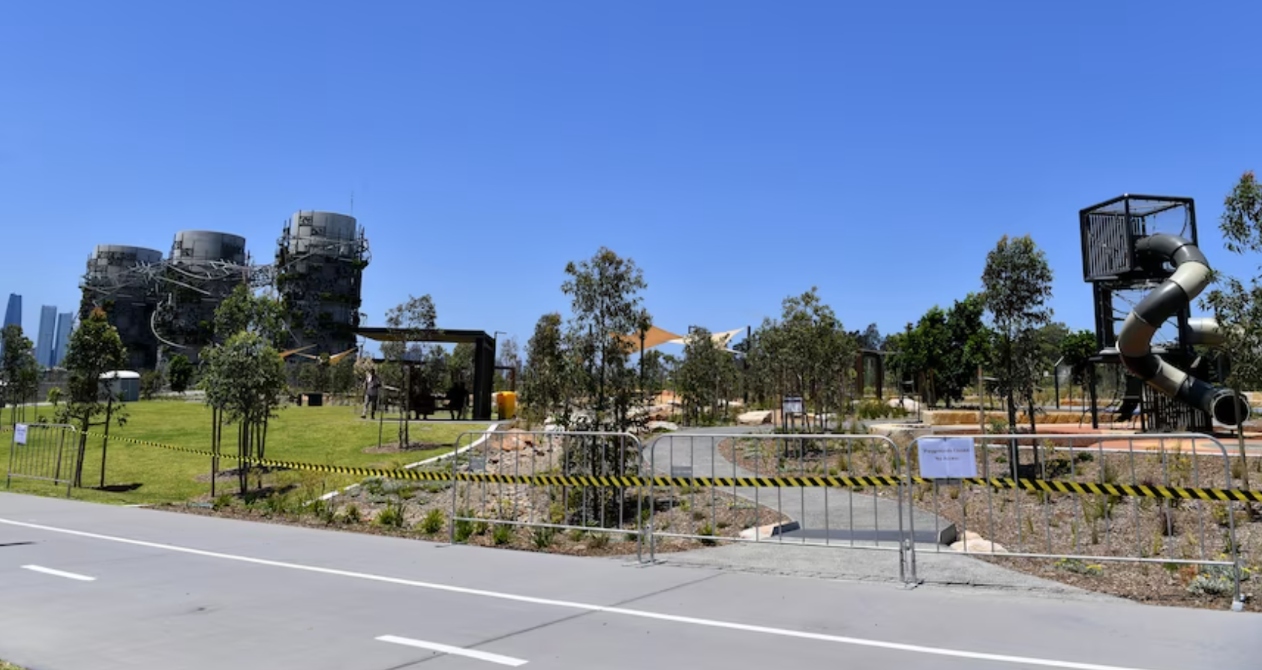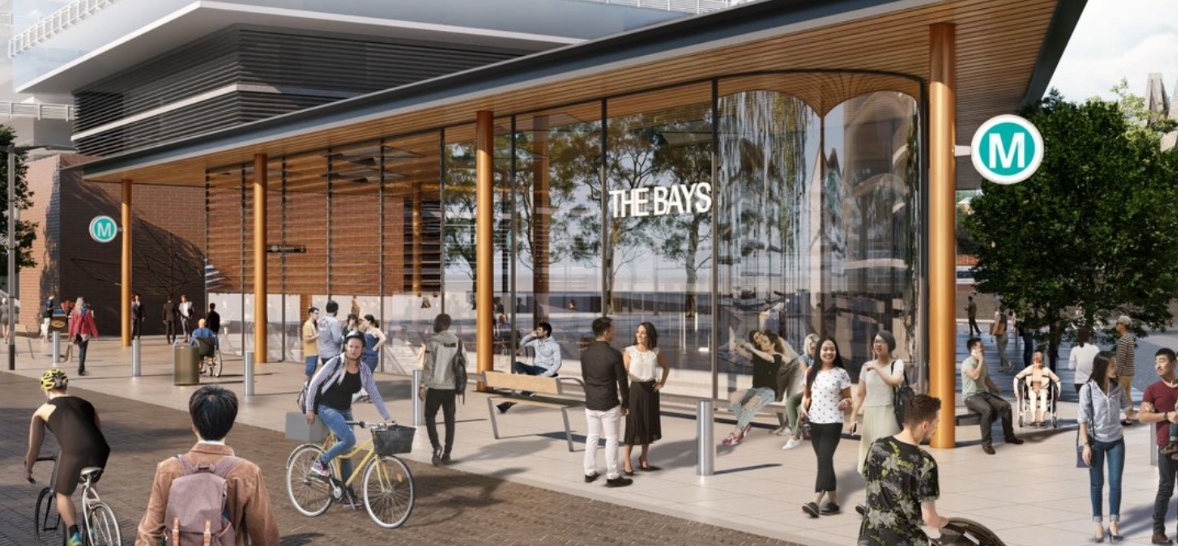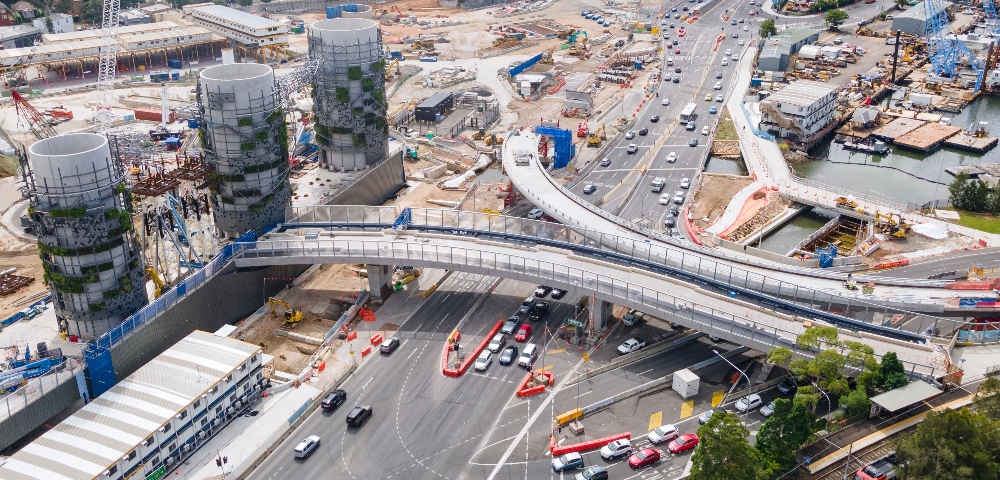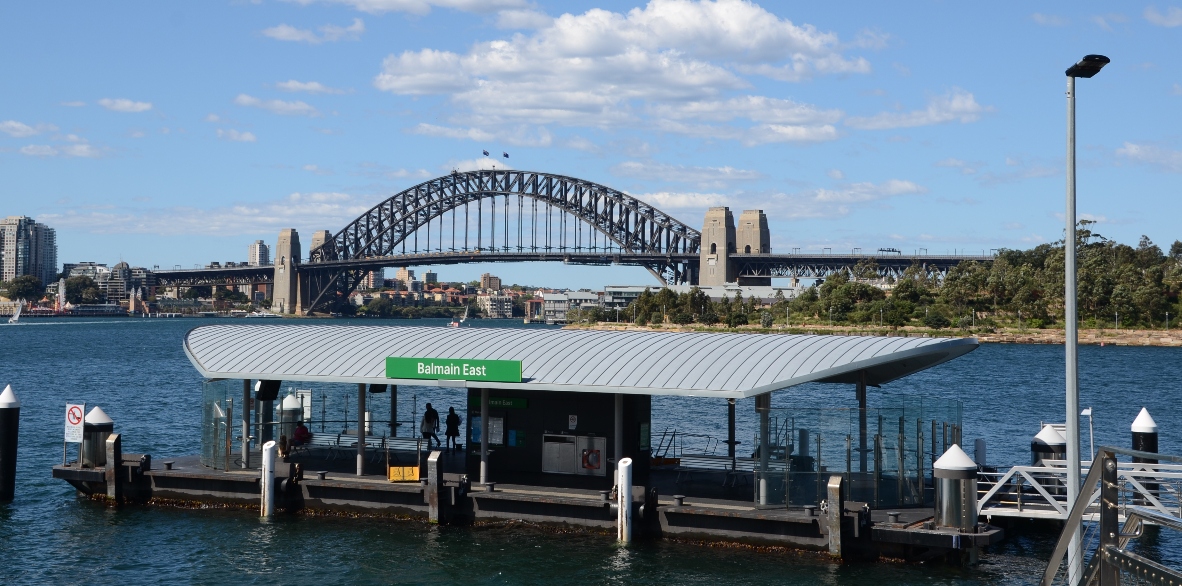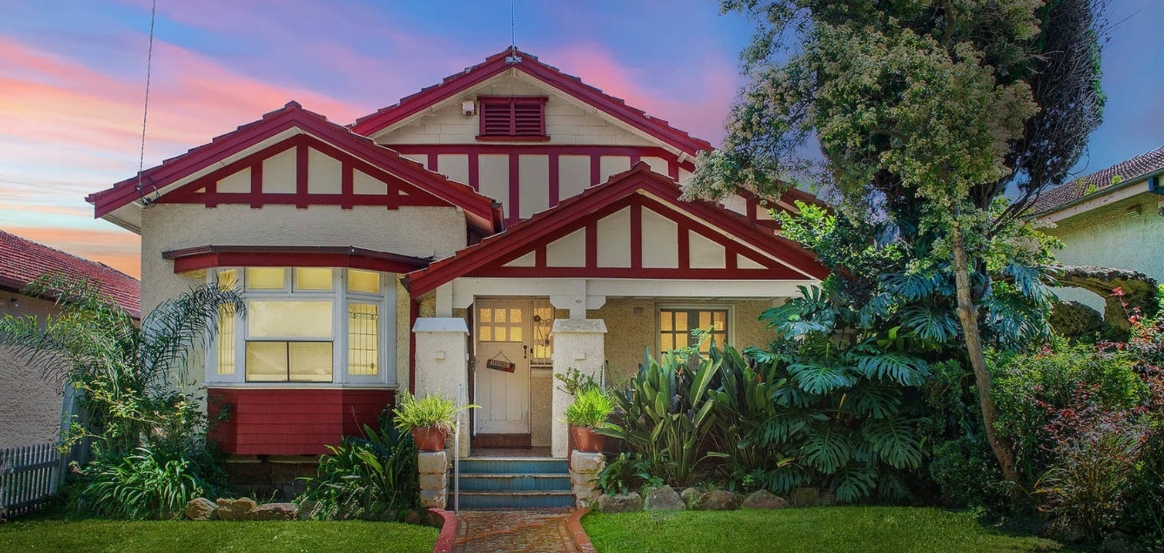
Sydney Still Unaffordable For Most

Sydney house prices have dropped by 4.1 per cent, but that doesn’t mean that housing is affordable for those on the lowest incomes.
The most expensive properties in Sydney, mostly concentrated in the inner city, have dropped in price significantly in the last year. However, affordable housing is still in short supply despite being in high demand.
Sydney house prices have fallen by 2.3 per cent since December 31 2017. In the same period there has been a 21.3 per cent increase in properties for sale in Sydney.
At the same time, an Anglicare report found that less than one per cent of rental housing in Sydney is affordable for those on the minimum wage or welfare and another report found that between 2011-2016, homelessness in the inner suburbs of Sydney increased by 53 per cent.
It isn’t just the welfare dependant who struggle. People on very low to moderate incomes also struggle to find affordable housing, especially in Sydney’s inner suburbs.
An affordable residence costs less than 30 per cent of a household’s gross income: a household paying over that threshold is considered to be in ‘rental stress’.
According to NSW Family and Community Services, a household classified as being on a very low to moderate income ranges from a single person earning $25,300 a year, to a couple with four children with a household income of $164,000 a year.
A single affordable housing tenant may not earn more than $59,990, while the maximum combined income allowed by a couple is $89,990, with an additional $18,000 for every child.
Often key workers such as nurses, teachers and emergency ambulance workers are considered for affordable housing in expensive and middle class areas.
Affordable housing is distinct from social housing, in which a single person may earn no more than $395 a week.
The expected waiting time for social housing (2 bedroom property) is 5-10 years in inner Sydney and the Leichhardt/Marrickville area, and 10+ years in the eastern suburbs and the inner west.
Sixty thousand people are waiting for social housing in NSW.
A recent report by the Australian Homelessness Monitor reported that homelessness increased in inner Sydney by 53 per cent between 2011 – 2016. The report claimed that between 2012 – 2017, investments in social housing fell by eight per cent. Rough sleeping in Sydney has increased by 28 per cent in that time period.
The report claimed that the State Government’s two new initiatives to address housing affordability, the Social and Affordable Housing Fund and the Communities Plus public housing estate renewal program, will provide “ at best, little more than a quarter of the output required to meet NSW’s need for 100,000 social and affordable rental homes over the next 20 years”.
The Communities Plus Program is a $22 billion initiative. The project closest to completion is the Ivanhoe Estate in Macquarie Fields, which will provide 1000 social housing units, and 128 affordable rental units in the next 10-12 years.
The NSW government recently allowed the City of Sydney to put on public exhibition a proposal to extend affordable housing levies for developers across the whole government area. The levies currently exist in the Green Square, Ultimo/Pyrmont and Employment Lands precincts.
“Any council in the Metropolitan Sydney Region is able to apply to enter into [the State Environmental Planning Policy 70]”, a spokesperson for the Department of Planning and Environment has said about the policy that allows councils to force developers to contribute to affordable housing.
Recent affordable housing developments in the inner city include the Harold Park renewal, which is a $1.1 billion project and will provide 75 affordable homes in Forest Lodge.
City West Housing, which is managing the development, has another 640 residences in development in inner Sydney which are expected to be completed by 2023.
Between 2016 and 2017 the Australian population increased by 1.6 per cent, largely from by immigration.
A reduction in house prices may cause problems for Australia, a country reliant on domestic mortgages, where household debt is one of the highest in the world. 60 per cent of major bank loans rely on domestic mortgages and a high mortgage loan default rate would cause significant economic problems.




